Knee Pain Location Chart
Read More >
Patellofemoral arthritis is the wear of the joint of the kneecap and femur bone. The cartilage that covers the contact surfaces of each of these bones can become worn, torn, and less smooth, which can cause inflammation and pain. As the condition progresses the cartilage can become thinner, tears can become more significant, and the bone under the protective cartilage may become exposed.
Patellofemoral arthritis is a degenerative condition that in more prevalent in the older population but can have an earlier than expected onset with some specific groups of people depending on their biomechanics, lifestyle, general health and if they have any history of injury. Females have a higher chance of developing patellofemoral pain and arthritis as are adolescents.
“Arthritis secondary to malalignment, dysplasia, instability, or trauma is less likely than arthritis secondary to other causes to progress to femorotibial arthritis” (Grelsamer et al, 2008).
Possible causes of Patellofemoral Arthritis include:

Patellofemoral Arthritis is a painful condition. Most individuals report that pain is located at the front of the knee with many locating it specifically under the kneecap. As it is an inflammatory condition you may have swelling, however, this will be less significant than tibiofemoral arthritis (general knee arthritis). Pain can be constant, especially in more severe or advanced cases, but will usually be aggravated by activity. Activities that are likely to aggravate are those when the knee bends and straightens such as squatting, ascending or descending stairs or standing up from a chair, direct pressure on the knee cap from kneeling, or twinging motions that cause more pressure over the knee cap. In the most advanced stages of patellofemoral arthritis, the knee cap can get locked or stuck as you bend or straighten your leg, and you might feel this as a catch as you pass through a specific range of movement.
Cracking, crunching, grinding or creaking sounds that occur in the knee are called crepitus. This is a common symptom of arthritis. Initially, this may only be felt by the individual, but as the condition deteriorates it can become audible and others may be able to hear.
Like all forms of osteoarthritis, strengthening exercises are the best treatment in the earlier stages, when there is mild to moderate degeneration of the joint. Exercise is a good treatment to try first, even if exercise is unsuccessful at managing symptoms, as having stronger muscles will improve surgical outcomes. Here are some of the best exercises for patellofemoral arthritis.
The best general exercise options are those that are non-weight bearing such as swimming and cycling, and impact exercises, as well as exercise that requires a lot of rotation or deep knee flexion, should be avoided. Strengthening exercises are the best for improving the stability and function of the knee. You are best to have an assessment with a physical therapist who will formulate a specific program for you, however, here are some exercises that are commonly prescribed and very useful.
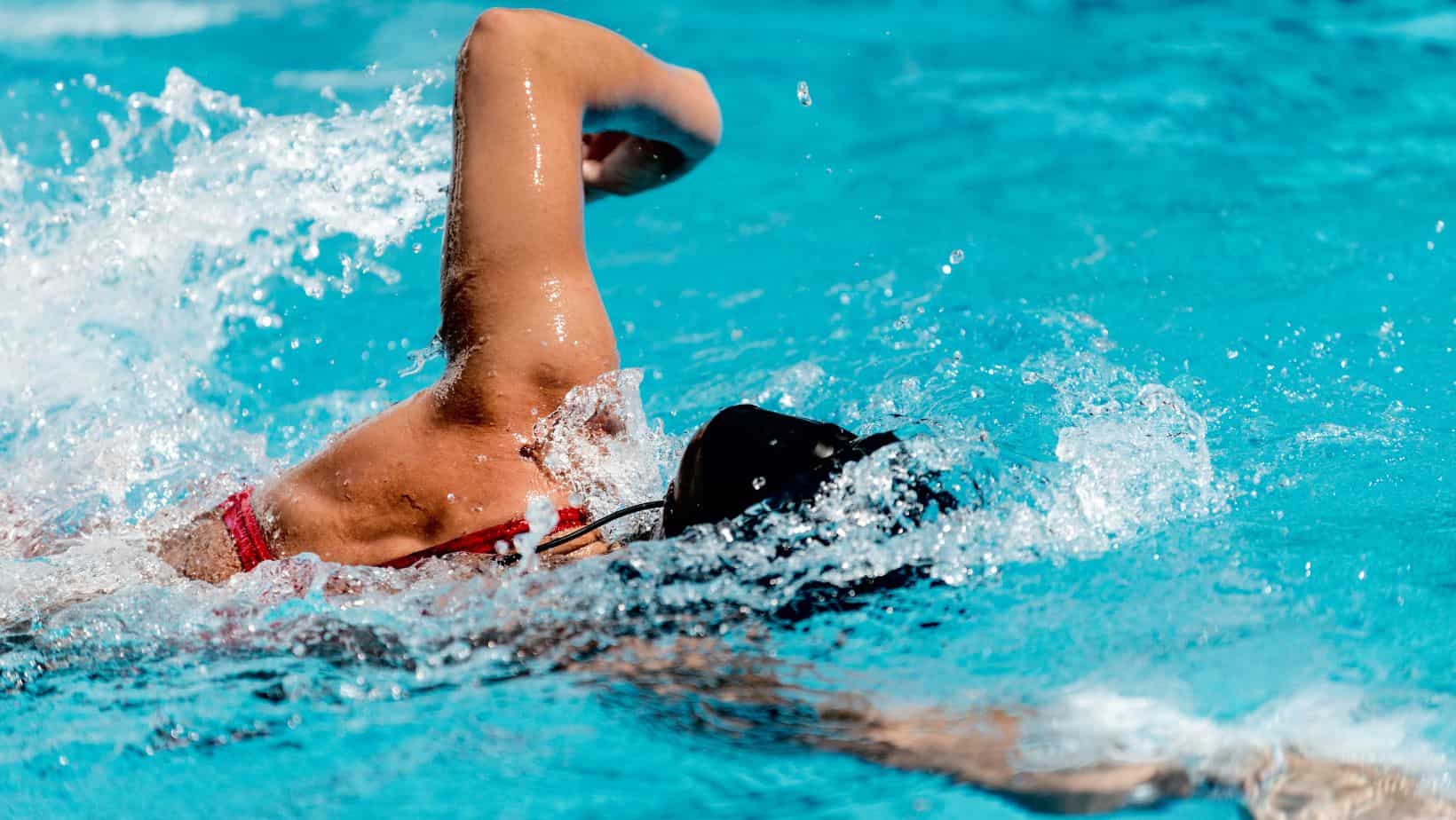
You can read more about Knee Arthritis, Knee Arthritis Exercises, Knee Brace for Arthritis, and advice on Patellofemoral Pain.
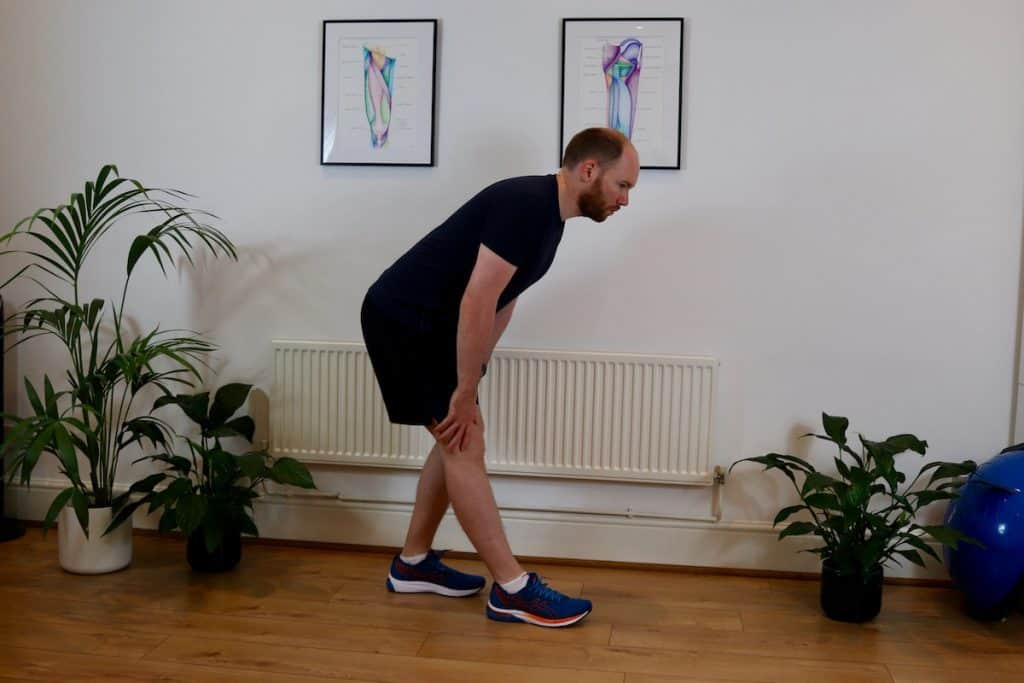
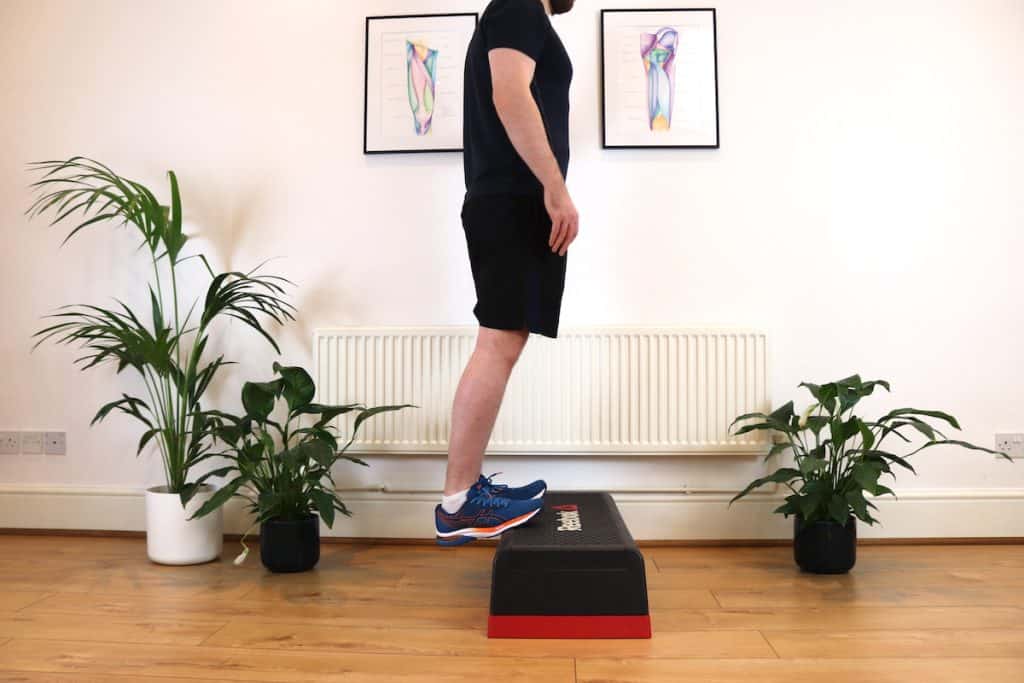
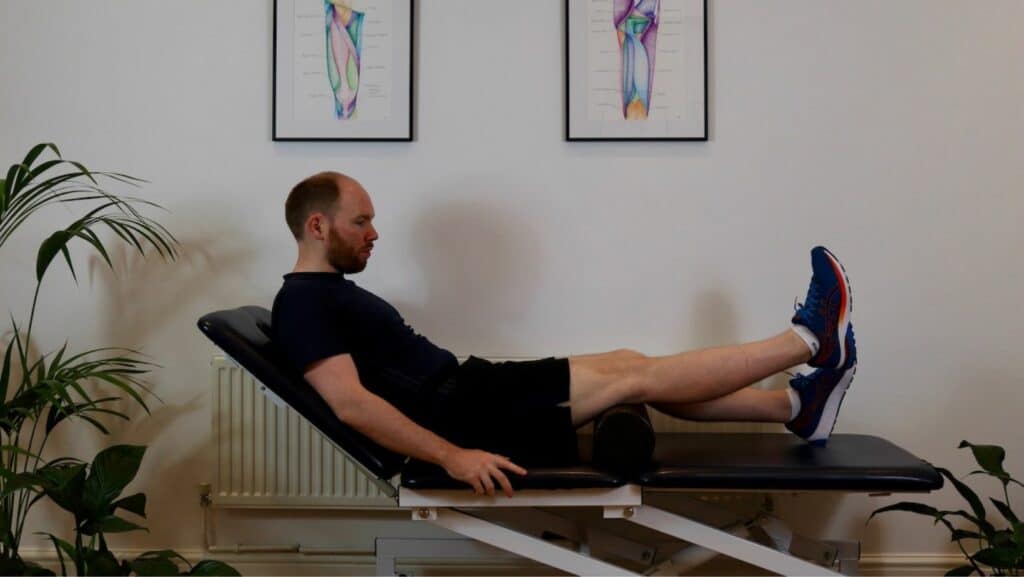
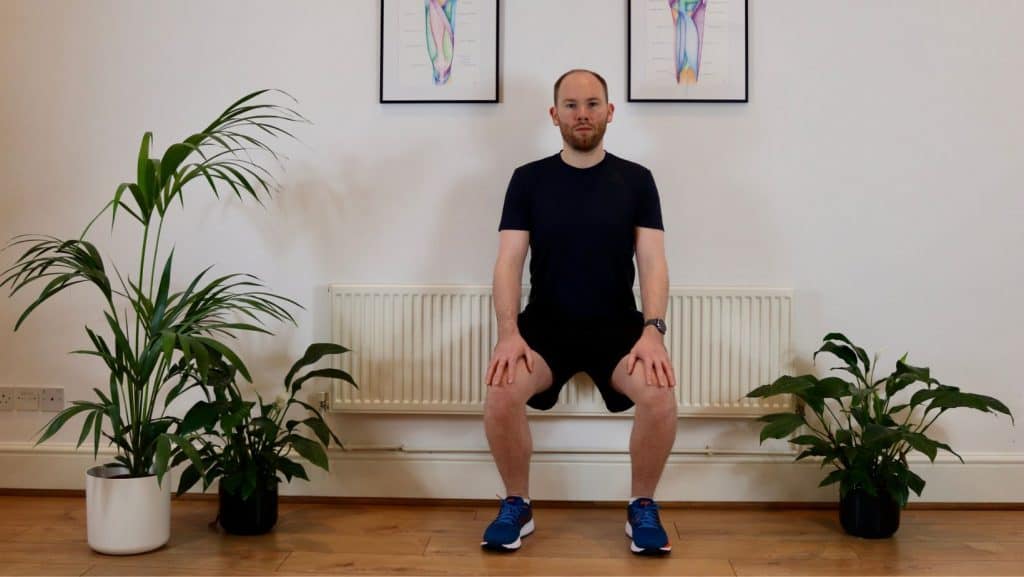
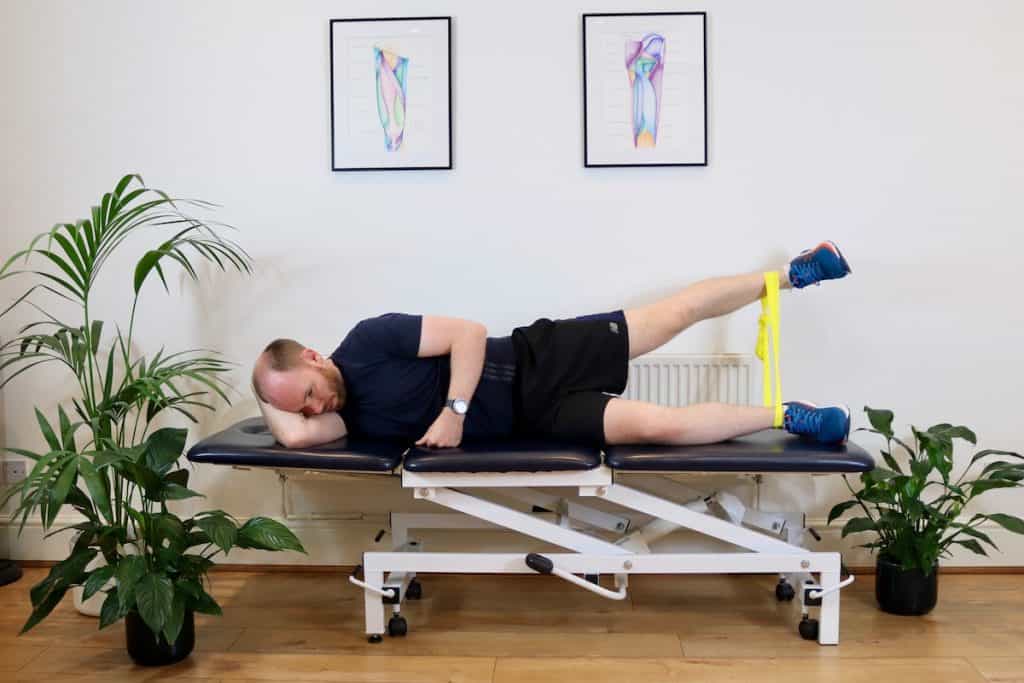
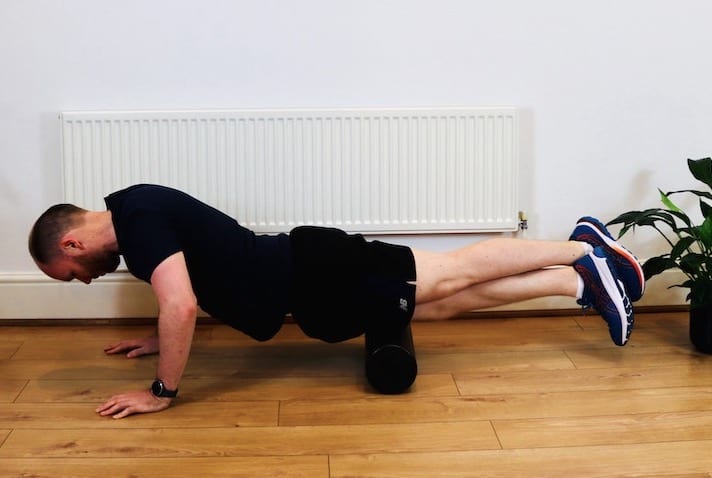
In the later stages of patellofemoral arthritis when there is severe damage to the joint and exposed bone, surgery may be an appropriate treatment option to consider. Usually, the damage that is seen on x-ray or MRI is not the only factor taken into account for this decision but more importantly the functional limitations and pain levels. A knee replacement is the most common surgical option for severe arthritis of the patellofemoral joint, and this is often delayed as long as possible with patients under 55 years old to ensure the joint will last into their older age, as a revision of this arthroplasty is limited. Total knee arthroplasty was found to be a viable treatment option in patients more than fifty-five years of age with primarily severe patellofemoral disease (Mont et al, 2002).
This article is written by James McCormack, a Lower Limb Specialist who is an expert in treating Hallux Rigidus.
This is not medical advice. We recommend a consultation with a medical professional such as James McCormack if you are experiencing any of the symptoms discussed in this article. James offers Online Physiotherapy Appointments weekly and face-to-face appointments in his London clinic.
Related Article: Bipartite Patella